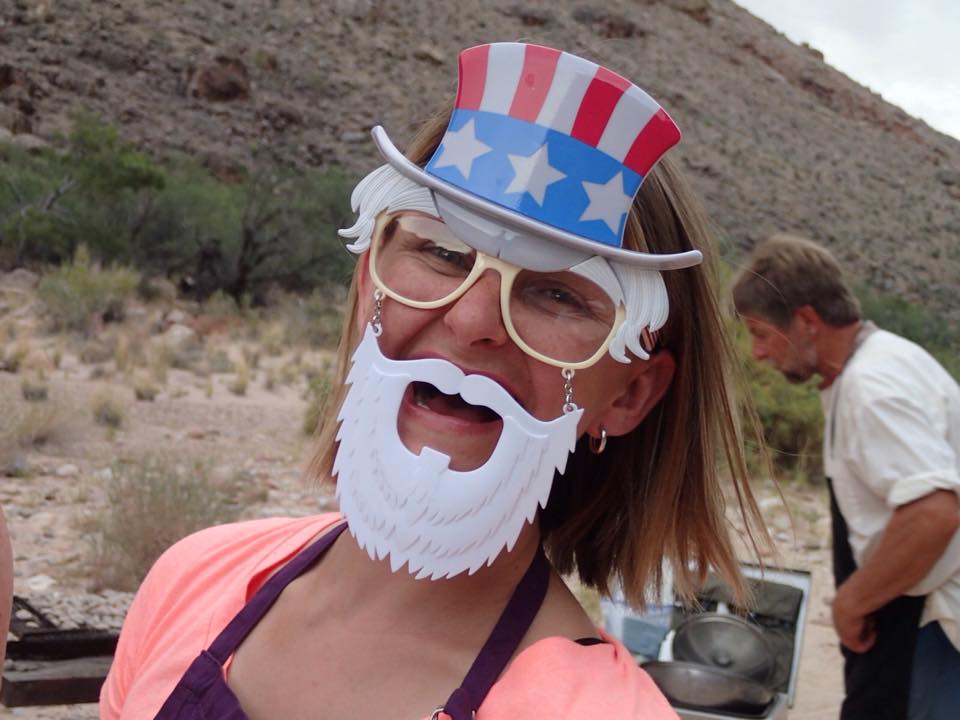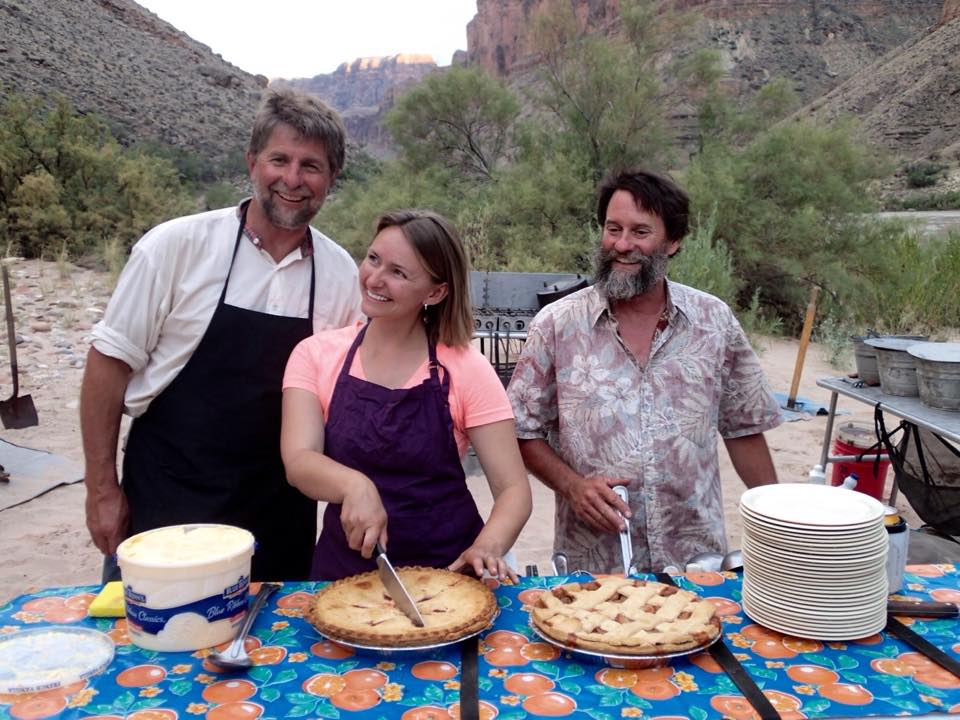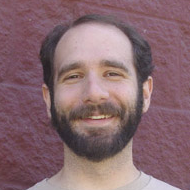 There are worse places to spend Independence Day than rafting on the Colorado River through the Grand Canyon. The Grand Canyon is an iconically American site, one full of American history and the spirit of independence and exploration. Native tribes believe that the first humans emerged from one of the springs that feed into the Canyon. John Wesley Powell’s expedition first voyage down the Canyon’s length is a testament to the gumption, courage, and commitment of not just the one-armed Union veteran, but the nation which he served and shaped. (Major Powell lost his arm at Shiloh, and after his trip through the Canyon became the second director of the US Geological Survey and an influential anthropologist of Native Americans).
There are worse places to spend Independence Day than rafting on the Colorado River through the Grand Canyon. The Grand Canyon is an iconically American site, one full of American history and the spirit of independence and exploration. Native tribes believe that the first humans emerged from one of the springs that feed into the Canyon. John Wesley Powell’s expedition first voyage down the Canyon’s length is a testament to the gumption, courage, and commitment of not just the one-armed Union veteran, but the nation which he served and shaped. (Major Powell lost his arm at Shiloh, and after his trip through the Canyon became the second director of the US Geological Survey and an influential anthropologist of Native Americans).
President Teddy Roosevelt, six years before he established Grand Canyon National Monument, recognized its importance as an American icon, “a natural wonder which, so far as I know, is in kind absolutely unparalleled throughout the rest of the world,” and “one of the great sights which every American, if he can travel at all, should see.” Sixty years later, the Sierra Club (founded by Roosevelt’s friend John Muir) would mount one of its first great public battles to preserve the Grand Canyon from dams, comparing the site to the Sistine Chapel. Even the names of the Grand Canyon’s structures reflect our syncretic national religion, with early geologists and geographers imagining various buttes as temples to Egyptian, Zoroastrian, Greek, Hindu, and Norse gods, not to mention Buddha, Confucius, and King Arthur.
 Last summer, NCSE’s annual raft trip entered the Colorado River on July 2. As we got close to our evening camp two nights later, one of the guides started singing, the tunes echoing off the canyon walls, ending in an impressive rendering of “The Star Spangled Banner.” The sunset was better than any fireworks you can imagine.
Last summer, NCSE’s annual raft trip entered the Colorado River on July 2. As we got close to our evening camp two nights later, one of the guides started singing, the tunes echoing off the canyon walls, ending in an impressive rendering of “The Star Spangled Banner.” The sunset was better than any fireworks you can imagine.
After dinner, we had a special treat: ice cream. Not many people have eaten ice cream in the Grand Canyon. With some dry ice and careful packing, our guides managed to get it all the way to camp that night without it melting, but after about 5 minutes of contact with the hot desert air, it was well on the way back to being mere cream.
I have a lot of fond July 4th memories—streets in Kansas with humid air as thick with smoke as some Revolutionary War battlefield, the parade of tall ships and massive fireworks display as the Statue of Liberty was unveiled after its centennial restoration—but that evening in the Grand Canyon may be the most precious.
If you’d like to experience July 4th in the Grand Canyon, there’s still time to sign up for NCSE’s trip this summer. We’ll put in on July 1 (with an orientation in Flagstaff the night before). I can’t promise ice cream, but the trip will be unforgettable.

